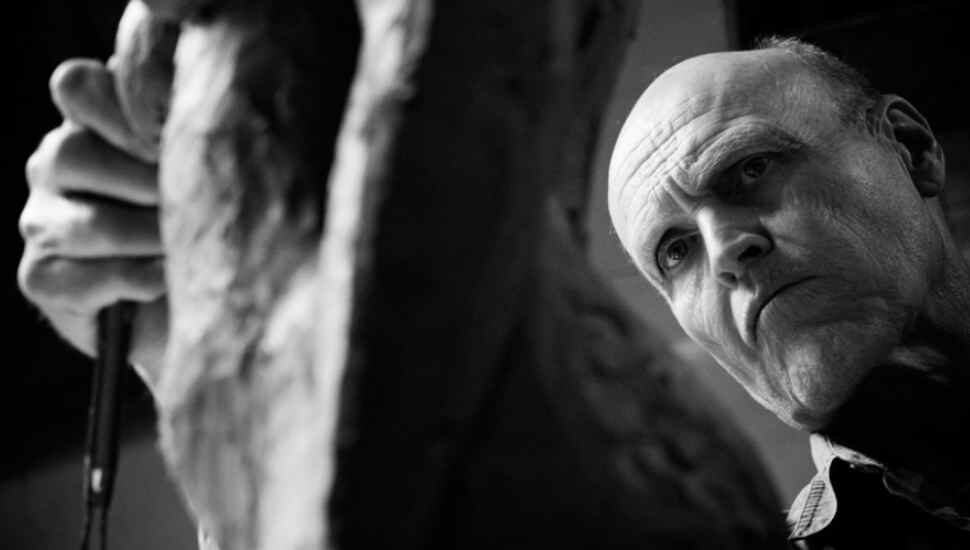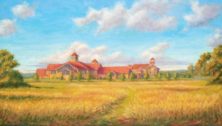New Hope Artist, Once Declared Learning Disabled, Now ‘One of America’s Outstanding Figurative Sculptors’

New Hope sculptor George R. Anthonisen has been compared with Rodin. It’s high praise for an artist who was thought to be learning disabled as a child to be likened to the creator of “The Thinker,” the iconic work of a man sitting, chin on fist, deep in contemplation.
Anthonisen, a member of the Central Bucks Chamber of Commerce, was born in Boston in 1936. As a result of that theorized intellectual setback, he was sent to be tutored by a Vermont landscape artist.
It was there that his sense of large-scale form and composition began to gel.
In the mid-1950s, Anthonisen went abroad, viewing classic sculptures like “Winged Victory” and “Venus de Milo” for himself.
Upon a return the U.S., he studied sculpture formally, boosting his approach to the human form with courses in anatomy.
During the 1960s’ avante garde art revolution, Anthonisen stuck to classical forms, albeit with contemporary approaches.
In 1971, he moved to New Hope and has remained there ever since.
Anthonisen’s work now resides in permanent collections that include those in the U.S. Capitol, the World Health Organization (Geneva), Carnegie Hall (New York), and the James A. Michener Art Museum (Doylestown).
Describing his overall approach, he said, “My work combines our ancient roots with our recent past, giving validity to the present.”
More on sculptor George Anthonisen is at the Central Bucks Chamber of Commerce.
Connect With Your Community
Subscribe for stories that matter!
"*" indicates required fields






























